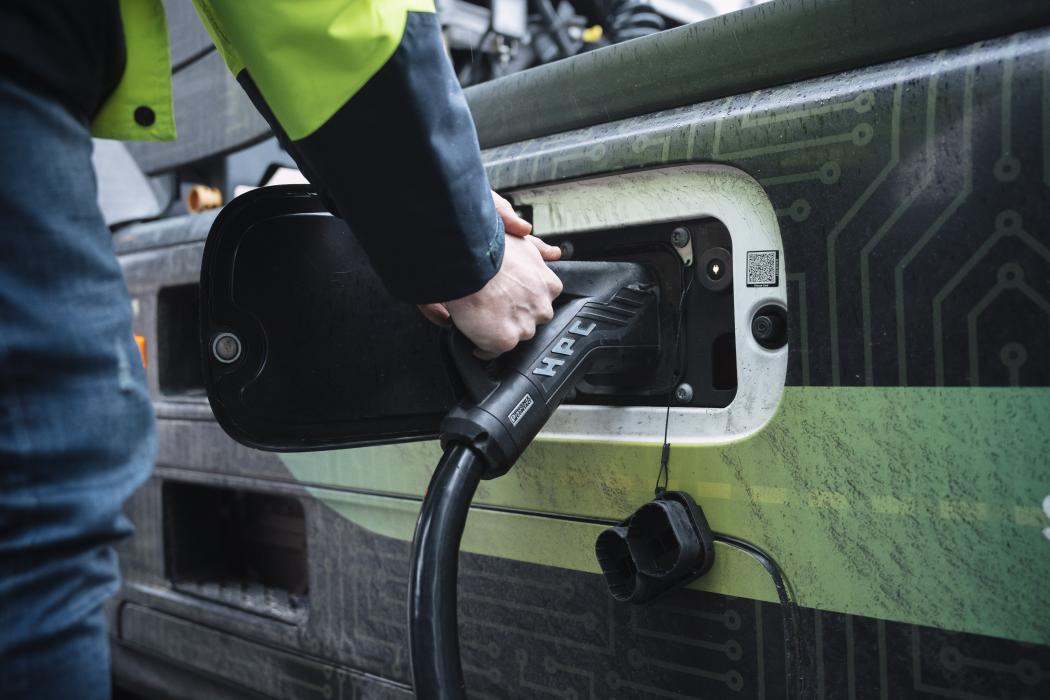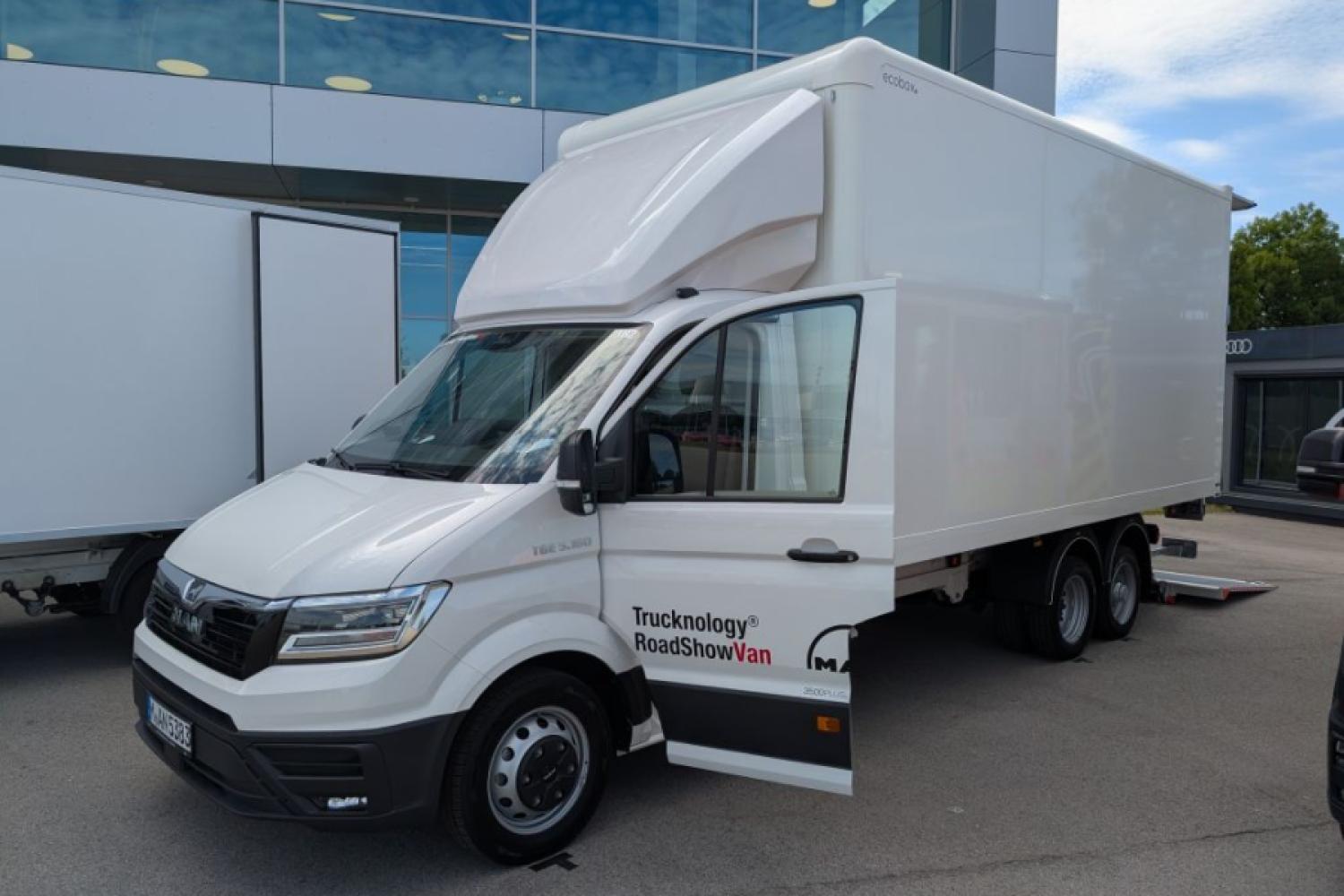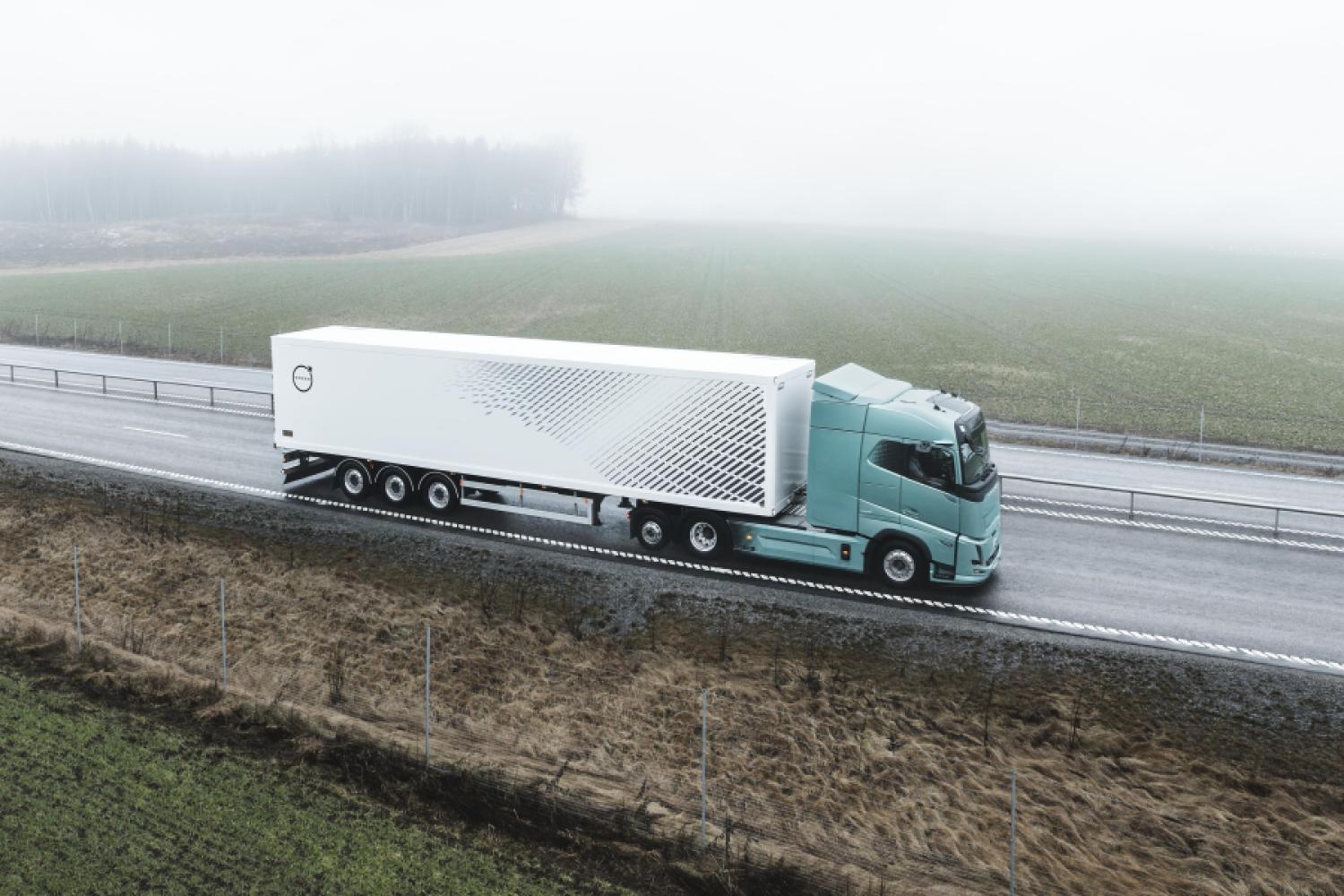Despite an overall decline in new registrations, the European commercial vehicle market indicates a structural shift in the first quarter of 2025: Electric drives are gaining importance in all segments. The growth was particularly strong for electrically powered buses and trucks, while traditional drives like diesel and gasoline recorded partly double-digit declines.
Electric Buses: Market Share at Record Level
The trend is particularly noticeable in the bus segment: While the overall market shrank slightly by 1.8 percent, electrically powered buses increased by 50.3 percent. Their market share
rose to 19.9 percent, up from 13 percent the previous year. Germany, the largest market by volume, nearly doubled its e-bus registrations, and Sweden recorded an increase from 9 to 237 vehicles.
Electric Trucks: Increase of over 50 Percent
Electric models are also making notable gains in trucks. While the entire truck market in the EU shrank by 16 percent, the e-truck segment grew by 50.6 percent. The market share reached 3.5 percent, primarily driven by developments in the Netherlands, which accounted for a quarter of all
new e-truck registrations in the EU with an increase of 342.7 percent.
Electric Vans Catching Up – In a Shrinking Overall Market
New registrations of light commercial vehicles (vans) fell by 12.2 percent. Electric vans avoided this trend and grew by 32.6 percent. Their market share increased from 5.7 percent in the previous year’s quarter to now 8.7 percent. While diesel remains dominant at 82.5 percent, it continues to lose significance.
Decline in Traditional Drives
The shift towards alternative drives comes with a decline in traditional technologies.
Diesel sales dropped by 14 percent for vans, 17.7 percent for trucks, and 5.6 percent for buses. Hybrid vehicles also saw a downturn, particularly in the bus sector with a decrease of 28.7 percent.
Conclusion: Change Despite Market Weakness
The European commercial vehicle market is on the brink of transformation: Overall registrations are declining, yet alternative drives – especially fully electric vehicles – are rapidly gaining significance. The expansion of charging infrastructure and regulatory frameworks are likely to be crucial in determining whether this trend will continue






